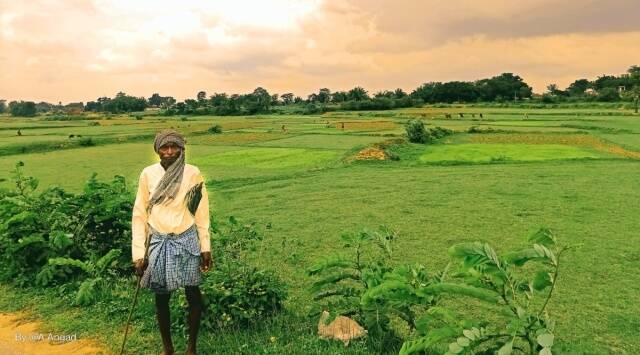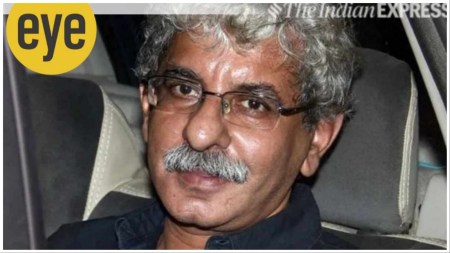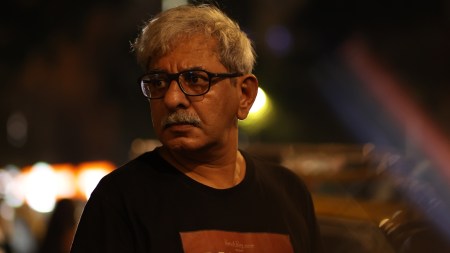
Shriram Mahato is worried about how he will provide for his family once the rice he harvested from his field last year runs out in four months. Unfortunately, this farmer from Bokaro’s Sadma Khurd village is not alone in this situation. Due to low rainfall during the sowing season (June to August) and persistent drought conditions last year caused by climate change, paddy procurement has been abysmal, including zero procurement in two Jharkhand districts, in the largely rain-fed state this year.
According to the India Meteorological Department (IMD), Jharkhand received the lowest rainfall in 121 years during last year’s kharif sowing season. From June 1 to August 12, 2022, Jharkhand recorded just over 371.9 mm of rain, a deficit of nearly 41 per cent, against the average 627.6 mm rain it receives during the same period. The ensuing drought had a severe impact on farmers in 226 of 281 blocks since the state heavily relies on monsoon to meet its irrigation needs. The drought also resulted in extremely low paddy procurement, the lowest in terms of targets in four years, during this year’s Kharif Marketing Season (KMS), which starts in January and ends in March.
Abhishek Anand, scientist and officer in-charge at IMD Ranchi, stated, “Last year’s drought was not an isolated event. It was the result of climate change. Weather has been gradually becoming more extreme, leading to irregular rainfall. Jharkhand, Bihar, and Uttar Pradesh experienced one of the worst monsoons from June to August last year, with a deficit of nearly 50 per cent for these months.”
Despite reducing the original target of 80 lakh quintals or 8 lakh metric tons (LMT) to just 3.63 LMT for the 2022-23 KMS, the state only managed to procure 1.55 LMT (42.87 per cent) of the revised target as of March 28. Only 29,424 farmers (nearly 13 per cent) of the 2.29 lakh who had registered turned up at procurement centres across Jharkhand. While procurement in Bokaro district barely reached 20 per cent of this year’s target, it was much higher than Dumka and Sahibganj, which saw zero procurement.
According to the Jharkhand State Food and Civil Supplies Corporation (JSFC), the target for the 2021-22 KMS was 8 LMT and paddy procurement stood at 7.52 LMT (94.12 per cent).
JSFC managing director Yatindra Prasad mentioned, “There is definitely agricultural distress in most districts of Jharkhand. Agriculture in the state is predominantly limited to mono-cropping, mainly paddy, due to the state being entirely rain-fed. We decide procurement targets based on per hectare yield. There was a severe drought last year, so we revised our procurement target.”
Prasad said Rs 1,531 crore was paid to 1.39 lakh farmers last year who sold paddy at a price of Rs 2,040-Rs 2,070 per quintal based on the grade of the produce. As of March 28, Rs 143 crore was paid to the 29,424 farmers who turned up to sell their produce this year.
Shikha Hansda (45), a farmer from Borio block of Sahibganj district, owns 3 bighas and has a family of eight to feed. She said over telephone, “The paddy harvest is usually enough to meet my entire family’s rice needs for a year. However, two-thirds of the seedlings shriveled and died last year due to the drought. I was able to harvest some paddy on one bigha, since that part of the land is close to a water source, but things have been tough as we have no other fixed source of income.”
In the 2021-22 KMS, Dumka saw the procurement of 1.49 LMT of paddy against the target of 1.40 LMT and farmers received Rs 30 crore for their produce. In the 2022-23 KMS, despite the revised procurement target of 50,000 quintals — three times less than the original target — the district procured zero quintals since none of the registered 4,046 farmers turned up at the procurement centres.
Deputy Commissioner Dumka R S Shukla said farmers had failed to turn up although districts had kept procurement centres open. “This was mainly because sowing took place on less than 6 per cent of the total area last year (due to drought and mono-cropping),” he said.
Meanwhile, Prasad blamed the state’s procurement figures this year on the shift from Decentralized Procurement (DCP) to Centralized Procurement System or Non-Decentralized Procurement (non-DCP). Under the non-DCP format, procurement for the central pool is undertaken by the Food Corporation of India (FCI) or the State, and the cost of food grains procured by state agencies are reimbursed by the corporation.
Prasad said, “We had written to the state government asking it to push the Centre to allow us to remain non-DCP for one more year. Though the Centre did not budge, the process took time. During the two months that the process took, the paddy remained at our procurement centres and we could not procure extra produce. Had things been resolved on time, we could have procured 10-15 per cent more paddy. That said, looking at the slow rate of procurement, the state government should have revised the revised target too.”
















